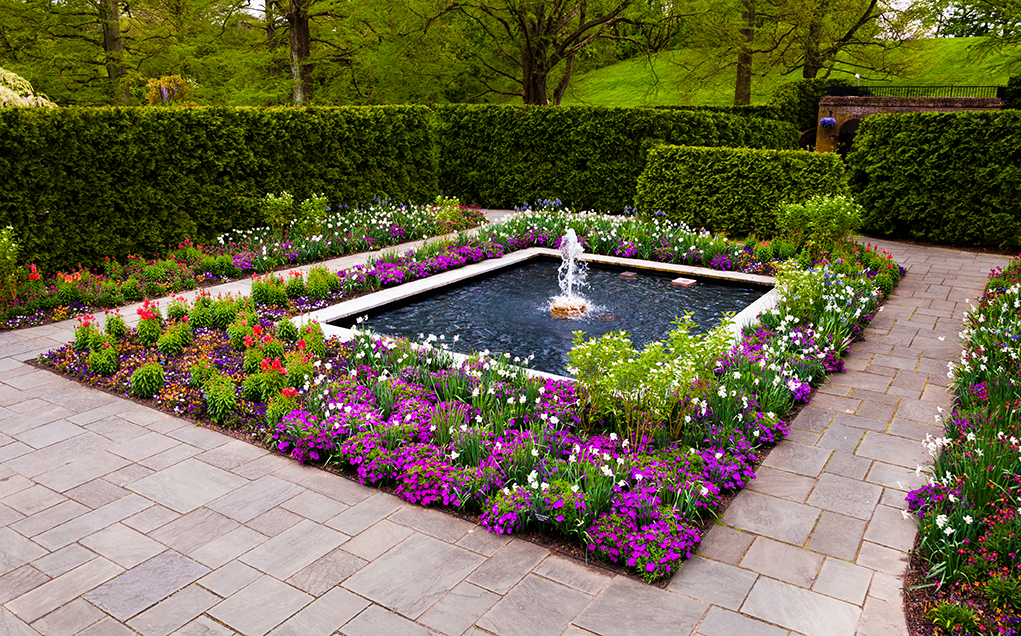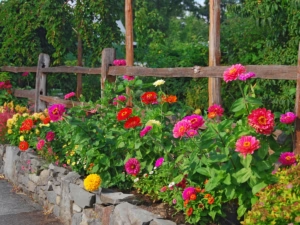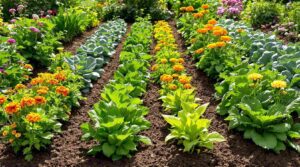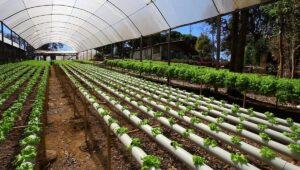Creating a Focal Point in Your Garden: How to Grow and Use Culinary Herbs
Every well-designed garden needs a focal point—an eye-catching feature that draws attention and creates visual interest. What if that focal point could be both beautiful and functional? A culinary herb garden offers exactly that—visual appeal paired with practical benefits for your kitchen. This guide will walk you through creating a stunning herb garden focal point that will elevate your outdoor space while providing fresh flavors for your cooking.
Why Choose Herbs for Your Garden Focal Point?
Culinary herbs make excellent focal points in gardens because they combine aesthetic appeal with practical functionality. Unlike purely ornamental features, herb gardens contribute to your home cooking while adding structure, texture, and often delightful fragrances to your outdoor space.
According to the USDA National Agricultural Library, growing your own herbs can significantly reduce your grocery expenses while ensuring you have access to the freshest flavors possible (USDA NAL). Additionally, many culinary herbs are relatively low-maintenance and drought-tolerant once established, making them sustainable choices for garden focal points.
Benefits of Herb Gardens as Focal Points
- Multisensory appeal: Herbs engage multiple senses with their varied textures, colors, scents, and flavors
- Year-round interest: Many herbs maintain their structure and some visual appeal even in winter
- Pollinator attraction: Flowering herbs like rosemary, thyme, and lavender attract beneficial insects
- Space efficiency: Herbs can be grown in limited spaces while still creating visual impact
- Cost-effective: Provides fresh herbs for cooking while reducing grocery expenses
Planning Your Herb Garden Focal Point
Creating an effective focal point requires thoughtful planning. Consider these elements when designing your culinary herb garden feature:
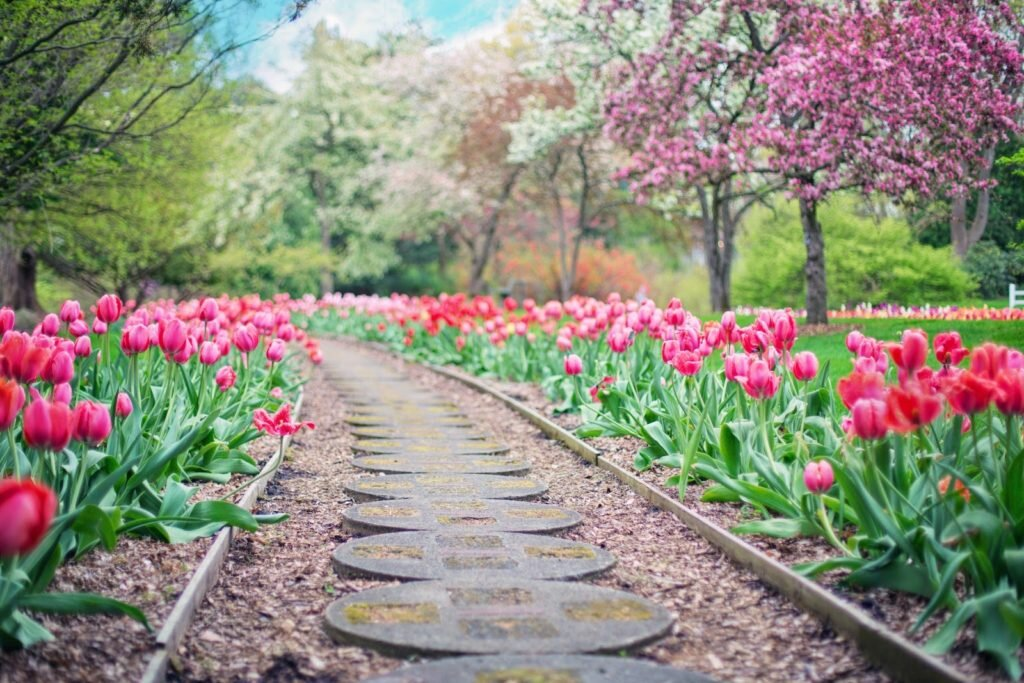
Location Selection
The perfect location for your herb garden focal point should balance visibility with growing conditions. Most culinary herbs require:
- Sunlight: A minimum of 6 hours of direct sunlight daily
- Drainage: Well-draining soil to prevent root rot
- Accessibility: Easy access for both maintenance and harvesting
- Visibility: Prominence from key viewing areas (patios, windows, garden entrances)
The ideal location often combines the practical needs of the herbs with the visual requirements of a focal point. Consider areas where garden paths converge, near entry points, or at the end of a sight line where the eye naturally travels.
Designing for Visual Impact
To create maximum visual impact with your herb focal point, consider these design principles:
Structure and Height: Create visual interest by varying heights. Place taller herbs like rosemary and sage toward the center or back, with shorter varieties like thyme and oregano in front.
Color Coordination: Select herbs with complementary foliage colors. Silver-leaved herbs like sage and lavender contrast beautifully with the deep greens of rosemary and basil.
Seasonal Interest: Include herbs that offer visual appeal in different seasons—spring blooms, summer foliage, fall color, and winter structure.
Contained Focus: Consider using a dedicated container, raised bed, or defined garden area to emphasize the focal point status of your herb garden.
Top Culinary Herbs for Focal Points
When selecting herbs for your focal point, consider both culinary use and ornamental value. The following table highlights herbs that excel in both categories:
| Herb | Height | Visual Appeal | Culinary Uses | Growing Difficulty |
|---|---|---|---|---|
| Rosemary | 3-4 ft | Evergreen structure, blue flowers | Meats, potatoes, breads | Easy-Medium |
| Lavender | 2-3 ft | Purple blooms, silver foliage | Desserts, teas, aromatics | Medium |
| Sage | 1-2 ft | Textured leaves, purple/white varieties | Poultry, stuffing, pasta | Easy |
| Thyme | 6-12 in | Low spreading, tiny flowers | Meat, vegetables, soups | Easy |
| Basil | 1-2 ft | Bright green, bushy growth | Italian dishes, pesto, salads | Easy-Medium |
| Chives | 12-18 in | Purple pom-pom flowers | Garnish, potatoes, eggs | Easy |
| Mint | 1-2 ft | Vigorous spreading, bright green | Desserts, drinks, Middle Eastern dishes | Very Easy |
| Oregano | 8-12 in | Spreading habit, tiny flowers | Italian and Greek dishes | Easy |
| Dill | 2-3 ft | Feathery texture, yellow flowers | Fish, pickling, potatoes | Easy |
| Fennel | 3-5 ft | Feathery foliage, height | Fish, Italian dishes | Medium |
Creating Distinctive Herb Garden Focal Points
There are several approaches to creating an herb garden focal point, each with its own aesthetic and practical considerations:
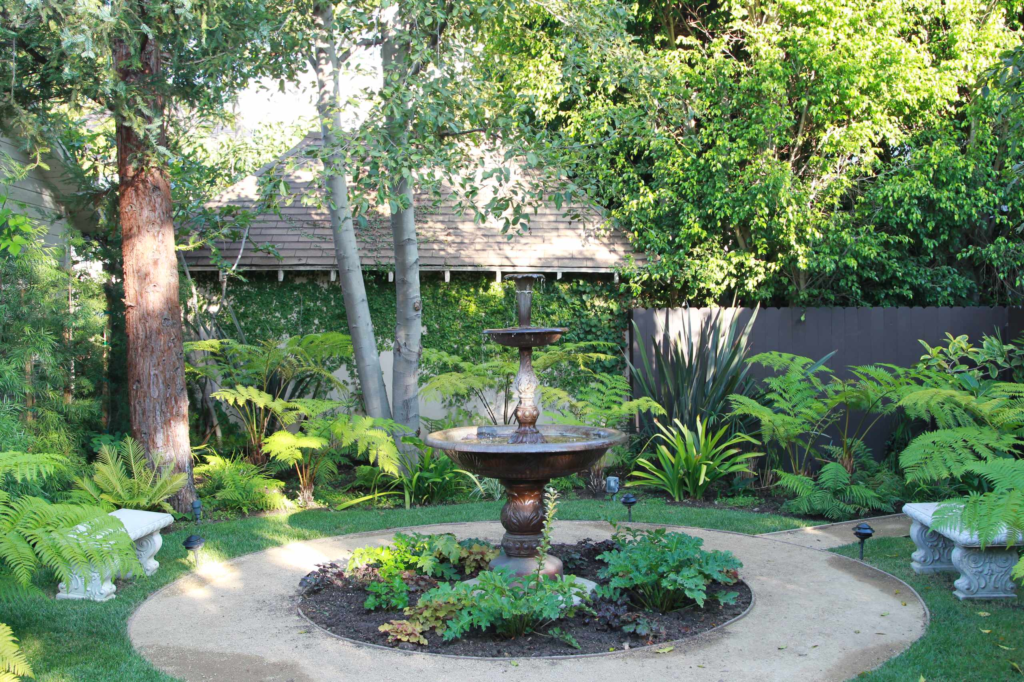
1. Herb Spiral
A herb spiral is a three-dimensional garden structure that creates a visually striking focal point while providing different growing conditions for various herbs.
How to create a herb spiral:
- Mark a circle approximately 5-6 feet in diameter
- Using stones, bricks, or other materials, build a spiral structure that rises 2-3 feet at its center
- Fill with well-draining soil mixed with compost
- Plant drought-tolerant herbs like rosemary and lavender at the top
- Position moisture-loving herbs like mint and chives around the base
- Add stepping stones for harvesting access
The herb spiral naturally draws the eye upward, creating visual interest while maximizing growing space in a compact footprint.
2. Formal Herb Knot Garden
For a more structured approach, consider a formal herb knot garden as your focal point. These geometric designs originated in Renaissance Europe and create a stunning pattern when viewed from above.
Creating a basic knot garden:
- Design a simple geometric pattern with intersecting lines
- Mark the pattern on the ground using string or garden hoses
- Plant low-growing herbs with contrasting colors along the lines
- Fill the spaces between with gravel, mulch, or additional herbs
- Maintain clean edges with regular trimming
Traditional knot garden herbs include germander, santolina, lavender, and thyme, which hold their shape well when trimmed. The resulting pattern creates a formal, eye-catching focal point that changes subtly with the seasons.
3. Vertical Herb Garden
When space is limited, a vertical herb garden can create a stunning focal point while maximizing growing area. Options include:
Herb Wall: Install a wooden pallet or specialized vertical planter against a sunny wall or fence. Plant cascading herbs like thyme and oregano in lower pockets, with upright herbs like rosemary and sage above.
Herb Tower: Stack graduated pots or use a specialized herb tower planter. This creates a sculptural element in the garden while keeping herbs easily accessible.
Hanging Herb Garden: Suspend multiple planters from an arbor or pergola to create a living curtain of herbs. This works particularly well with trailing varieties.
Vertical herb gardens naturally draw the eye upward, creating visual interest even in small spaces.
Maintaining Your Herb Garden Focal Point
A successful focal point requires ongoing maintenance to retain its visual impact. For herb gardens, this means:
Regular Harvesting
Regular trimming through harvesting helps maintain the shape and vigor of most herbs. According to the National Center for Home Food Preservation at the University of Georgia Extension, frequent harvesting of the top 1/3 of herb plants encourages bushier growth and prevents legginess (NCHFP).
Seasonal Care
Spring: Cut back any winter damage, divide overgrown perennial herbs, and add fresh compost.
Summer: Harvest regularly, water during dry periods (especially container gardens), and remove flower heads from basil and other herbs where leaf production is preferred.
Fall: Harvest for preservation, mulch perennial herbs, and bring tender varieties indoors.
Winter: Provide protection for tender perennials in colder climates, continue harvesting from evergreen herbs like rosemary and thyme.
Rejuvenation
Most perennial herbs benefit from periodic rejuvenation to maintain their appearance and productivity:
- Woody herbs (rosemary, lavender, sage): Prune lightly after flowering, avoiding cutting into old wood
- Spreading herbs (thyme, oregano): Divide every 3-4 years to prevent centers from dying out
- Clumping herbs (chives): Divide when growth slows, typically every 3-4 years
Using Your Culinary Herbs in the Kitchen
The final reward of your herb garden focal point is the abundance of fresh flavors for your cooking. Here are some ways to make the most of your harvest:
Fresh Uses
- Herb-infused waters: Add mint, lemon balm, or basil to water for refreshing summer drinks
- Compound butters: Mix chopped herbs into softened butter for instant flavor boosts
- Herbal vinegars: Infuse herbs in vinegar for salad dressings and marinades
- Garnishes: Use fresh herb sprigs to elevate the presentation of dishes
- Herb salads: Young, tender herbs make excellent additions to mixed green salads
Preservation Methods
When your focal point produces more herbs than you can use fresh, try these preservation methods:
Drying: Hang small bundles of herbs upside-down in a warm, dry location, or use a food dehydrator. Store dried herbs in airtight containers away from light.
Freezing: Chop herbs and freeze in water or olive oil in ice cube trays. These herb cubes can be added directly to soups, stews, and sauces.
Herb Salt: Mix chopped herbs with sea salt to create flavored salts that preserve the herb flavors.
Troubleshooting Common Herb Garden Issues
Even well-planned herb garden focal points may encounter challenges:
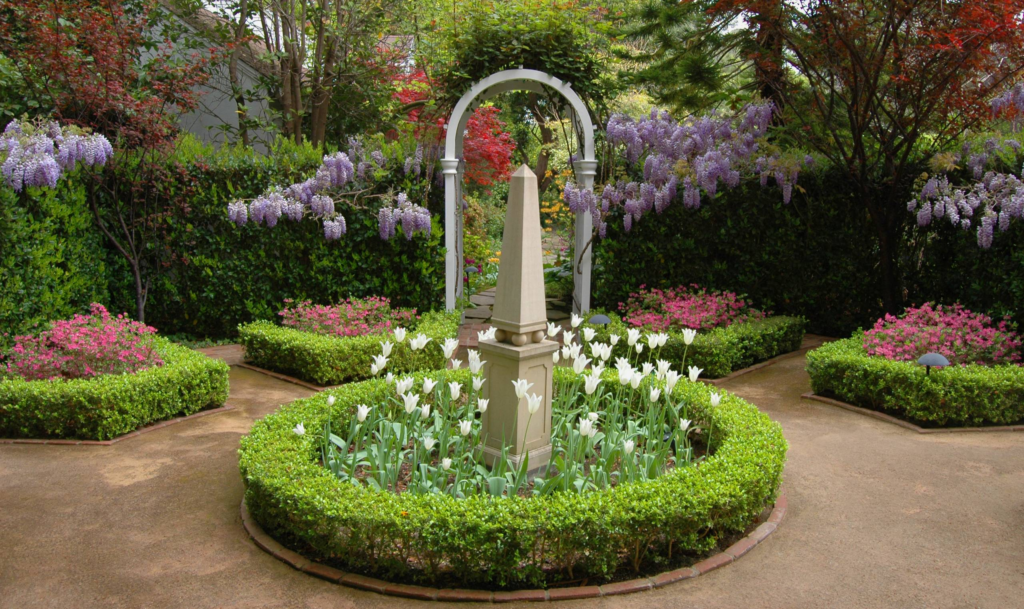
Pest Management
Herbs generally have fewer pest problems than other garden plants, but they can still be affected. The EPA recommends integrated pest management approaches that minimize chemical use (EPA).
For herb gardens specifically:
- Encourage beneficial insects by including flowering herbs
- Remove affected plant parts promptly
- Use row covers for vulnerable young plants
- Consider companion planting strategies
- Use organic pest control methods when necessary
Disease Prevention
To prevent diseases in your herb garden focal point:
- Ensure proper spacing for air circulation
- Water at the base of plants, avoiding wet foliage
- Remove and dispose of diseased plant material
- Rotate annual herbs when replanting
- Select disease-resistant varieties when available
Conclusion
A culinary herb garden offers a perfect combination of beauty and functionality as a garden focal point. By carefully selecting herbs that offer visual interest throughout the seasons and designing your space with both aesthetic and practical considerations in mind, you’ll create a focal point that enhances your garden’s design while providing fresh flavors for your kitchen.
Whether you choose a dramatic herb spiral, a formal knot garden, or a space-saving vertical display, your herb garden focal point can become the centerpiece of your outdoor space. The initial planning and installation effort will reward you with years of visual interest and culinary enjoyment.
Start small if you’re new to herb gardening, perhaps with a simple raised bed or container grouping, and expand your herb focal point as your confidence grows. Soon, your herb garden will not only be the visual center of your outdoor space but also the heart of your home cooking.
